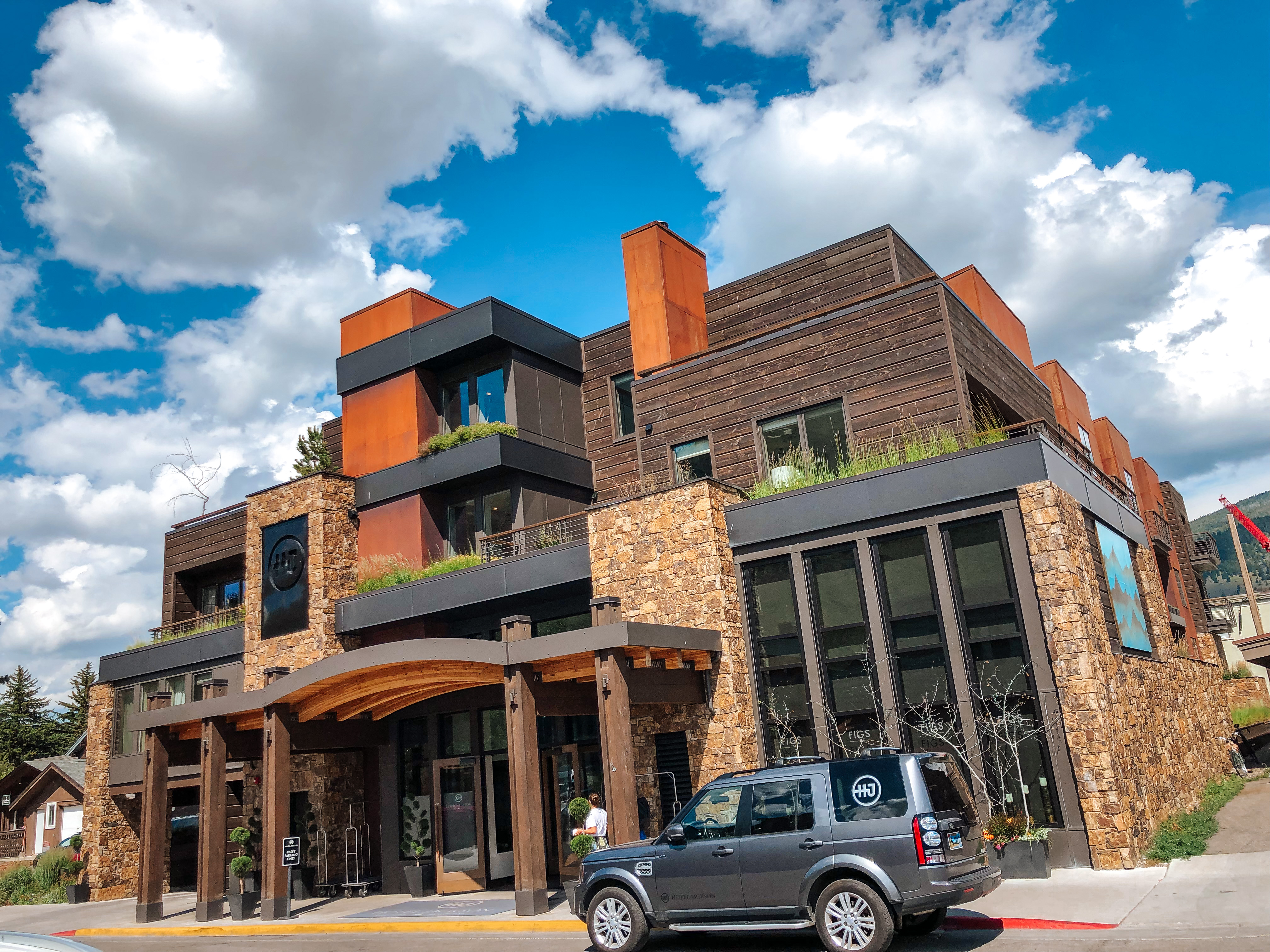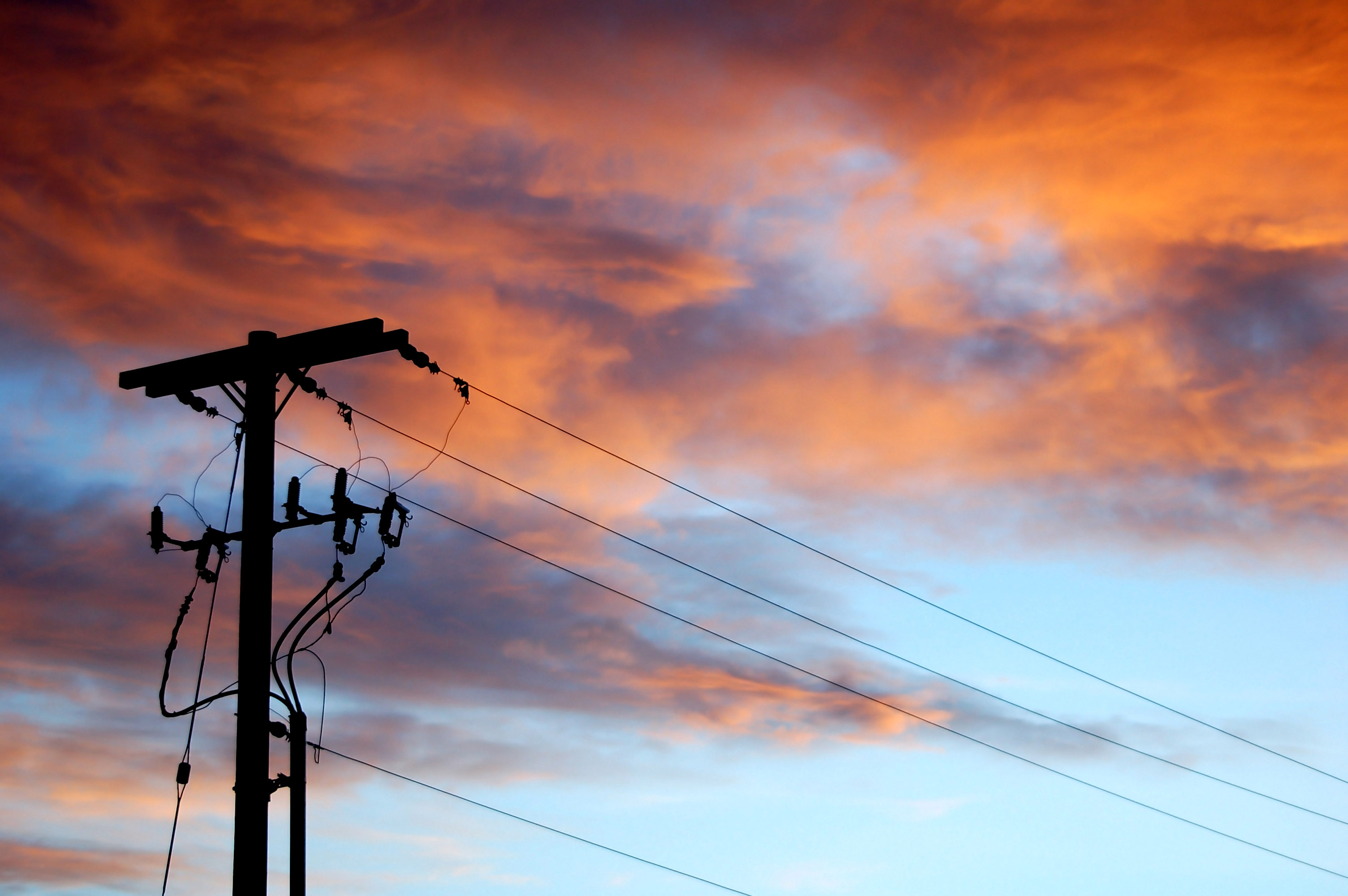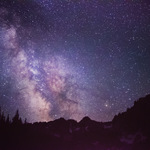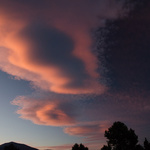
Creative Photography – Free Cloud Background Images
Free Stock PhotosCreative Photography – Free Cloud Background Images for Photographers, Bloggers, and Designers
Creative Photography. Select the button below any image below to view free cloud background images for use on your website, blog, print or digital media, or other project.
Copyright and Credit: Creative Photography – Free Cloud Background Images
How to Credit
All free cloud background images are property of Mod Fam Global LLC and offered for private and commercial use, free of charge. Please credit Mod Fam Global, LLC, https://modfam.global/ for any public, online, or print materials using our images.
Send us a Note
If you use any of our free cloud background images and creative photography for online or commercial use, please send us a note and let us know how you used the photos. We love to see how our photography is being used, and we appreciate photo credit and links back to our site.
Creative Photography Tutorial
Manual ISO Settings for Creative Cloud Photography
ISO refers to the amount of light sensitivity of your film or digital sensor. To capture crisp, clear cloud images, I recommend using the lowest ISO possible for your light conditions. With higher ISO comes more grain and pixelation, which can affect the fine detail of a cloud that is already wispy and undefined. For some photos, a grainy effect may be what you want to create. But for crisp, clear cloud images, use a lower ISO and then set your aperture and shutter speed based on ambient light conditions.
Manual Aperture Settings for Creative Cloud Photography
Aperture works together with shutter speed to control light exposure. Aperture, or f-stop, is a bit counter-intuitive. That’s because as the f-stop number goes down, the aperture or lens opening increases. So a low f-stop gives you the most light, because it’s also the widest opening. A large numbered f-stop is a tiny opening, so it lets far less light in to the camera. If you’re not sure what combination to use, start with your camera’s auto settings. That will give you an “average” reading of light in the frame, and then you can adjust from there. Also remember that aperture is related to focus and depth of field. So if you want everything in focus, you’ll generally use a higher f-stop (smaller opening). For a shallow depth of field and blurred bokeh effect, you’ll want to use a smaller f-stop number with a wide open aperture.
Manual Shutter Speed Settings for Creative Cloud Photography
Shutter Speed for clouds really depends on the amount of light you are working with. Dark, moody storm clouds, for example, will require a slower shutter speed to expose enough light. Evening clouds will likewise require a very slow shutter speed to properly expose the image. Cloud images shot from above, though, like the images below, will require a fast shutter speed. That’s because of the bright, direct sunlight that will easily overexpose your image. In combination with your ISO and aperture settings, choose a shutter speed based on the overall light conditions. Are the clouds brightly lit in direct sunlight? Then you’ll need a faster shutter speed. Are the clouds themselves blocking the sun, restricting the amount of light? You’ll want a slower shutter speed. You can also check the average light reading by using your camera’s auto settings and then adjust from there.
Recommended Gear for Creative Cloud Photography
A quality polarizing filter helps create a stunning creative cloud photo. That’s because it cuts out polarized light, revealing dark, blue skies behind the clouds. A polarizer can also cut reflections in water or glass, or any non-metalic, reflective surface. You can also spin the filter so actually increase glare and reflection if that’s what you are trying to capture. And I say a quality filter, because cheaply made filters will actually interfere with the lens function and focus, blurring your photo and ruining the shot.


































